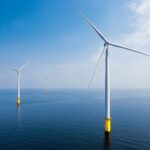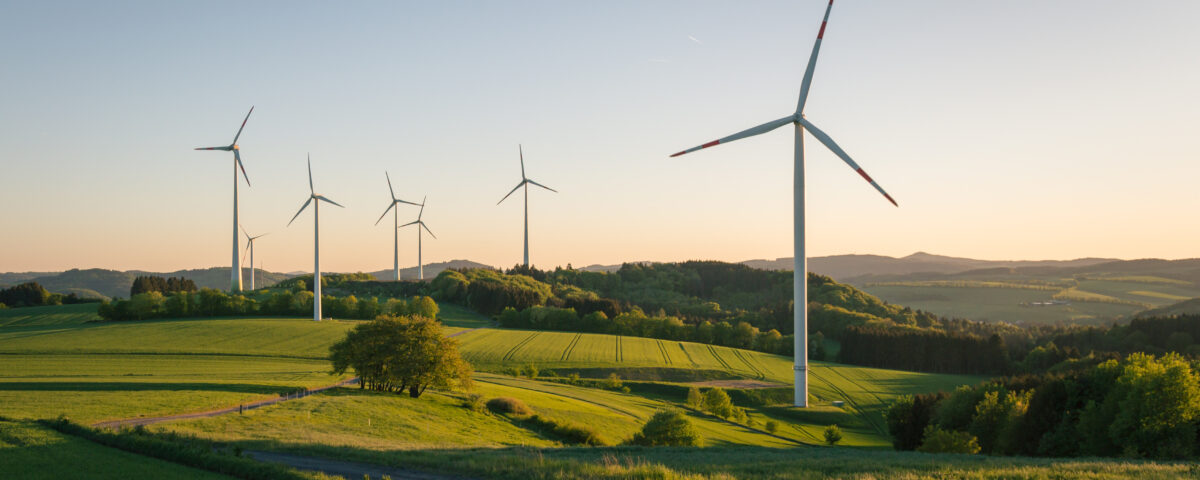
Industry Confidence in Floating Wind Projects Declines Amid Rising Costs and Delays
June 6, 2025
Big news for UK homebuyers and the solar industry!
June 12, 2025Offshore wind energy has surged by an impressive 80% between 2018 and 2023, securing its place as the UK’s fastest-growing source of clean energy. This rapid expansion reflects significant technological investment, favourable policy frameworks, and the strategic use of the UK’s coastal geography.
A new analysis from Uswitch spotlights how this momentum is reshaping the renewable energy landscape across the UK. Coastal regions, particularly in Scotland and England, are leading the charge in clean energy capacity per household.
Scotland’s Renewable Strength
Moray, in northeastern Scotland, ranks first in the UK for renewable energy capacity per household, with 47.4 megawatts (MW) for every 1,000 homes. This reflects the region’s strong investment in onshore wind and a supportive natural and political environment.
Other Scottish regions—Highland, Dumfries and Galloway, and South Ayrshire—also dominate the top tier for onshore wind generation, showing how Scotland’s geography and infrastructure are optimised for land-based renewable energy.
Offshore Growth Led by Coastal England
England’s coastal zones, by contrast, are emerging as powerhouses of offshore wind development. North East Lincolnshire stands out with 40.4 MW of offshore wind capacity per 1,000 households. This success is largely thanks to the Hornsea One and Two projects—the largest offshore wind farms in the world.
The scale of growth in these areas is striking. North East Lincolnshire has seen its renewable capacity increase by 1,017% since 2018. Boston and East Lothian follow closely, with growth rates of 985% and 734%, respectively.
Urban Areas Join the Clean Energy Shift
Notably, the growth in renewable capacity isn’t limited to rural or coastal regions. Urban boroughs such as Hammersmith and Fulham, Sutton, and Barnet are also expanding their clean energy infrastructure, signaling a broader national shift.
The Broader Picture
While offshore wind is leading in growth, other sources like solar photovoltaics are also making gains. East Cambridgeshire and South Cambridgeshire are among the leaders in solar capacity per household.
These developments emphasise the importance of a diversified clean energy strategy. They also underscore how local leadership, investment, and geography can work together to accelerate the UK’s transition to net zero. As offshore wind continues to grow at record pace, it represents not just a technological achievement, but a crucial pillar of the country’s sustainable energy future.

